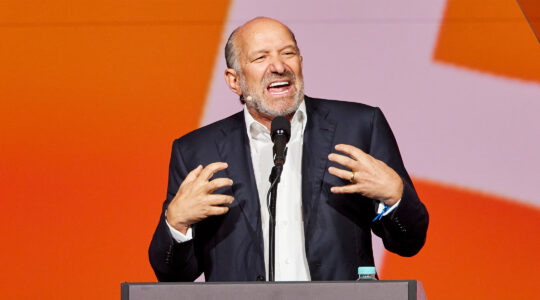PRAGUE, Jan. 20 (JTA) — During medieval times, European Jews were forced to live in ghettos that had their own governments that functioned in cooperation with national governments. Ghetto leaders ran their own social services, from hospitals to courts. After European Jews received more rights in the 18th and 19th centuries, these enclaves retained administrative bodies that took responsibility for Jewish property and religious affairs. Today, the Prague Jewish community consists of the rabbinate, social services for the ill and elderly, a building and cemetery unit that preserves the community’s rich architectural heritage and a community dining hall. The community provides financial support to a number of sports and culture associations. Community officials represent the broader interests of Czech Jews in discussions with the Czech government on such issues as post-Holocaust property restitution. Before World War II, Prague’s 40,000 or so Jews were relatively wealthy, and they frequently bequeathed their money to Jewish associations and foundations. Only a few thousand Jews survived the war, and these organizations’ property was turned over to the community after the fall of Communism in 1989. Community holdings include synagogues and a cemetery that attract tourists from around the world, as well as several major pieces of real estate in the center of Prague and some 40 buildings in Bohemia. The community functions according to Jewish law and thus only those with a Jewish mother or who have had an Orthodox conversion can become members. The community’s ousted chairman, Tomas Jelinek, abolished a previous rule that restricted community membership to long-term residents of Prague, but the rule may be reinstated. Members are allowed to vote on community priorities, spending and leadership. There are 1,480 registered community members eligible to vote, and 1,600 members in all, including children. However, community leaders estimate that the number of members actually living in Prague may be only half the registered number, as many Jews may have left the country but remained on community rolls. According to one estimate, there may be more Jews living in Prague who are not community members than those who are.

Help ensure Jewish news remains accessible to all. Your donation to the Jewish Telegraphic Agency powers the trusted journalism that has connected Jewish communities worldwide for more than 100 years. With your help, JTA can continue to deliver vital news and insights. Donate today.





